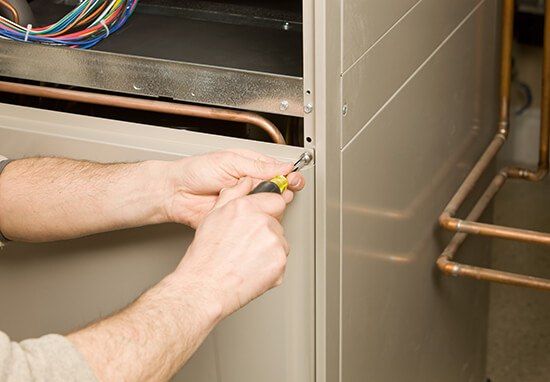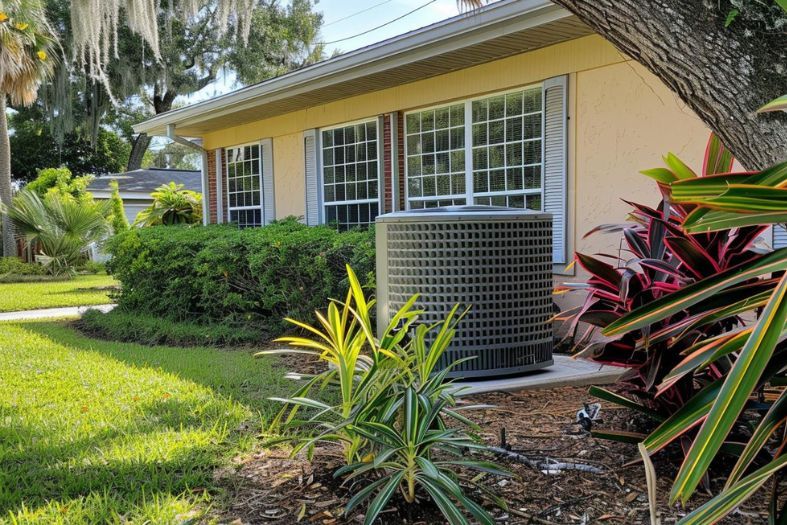
Tips for Choosing the Right Furnace for Your Home
Your furnace is a necessary component of your residence. It keeps you and your family safe and comfortable throughout the colder winter months. When you’re investing in a new furnace, it’s important to choose one that will work with your requirements and your budget. Here are some of our best tips to ensure that you get the ideal furnace to meet your needs.
The Four Furnace Fuels
Before you determine the right furnace for your home, you need to know which type of fuel your furnace should utilize. Currently, there are four different types of fuels that furnaces can use. They are electricity, natural gas, oil and propane. Knowing the differences between them before purchasing equipment can allow you to discover which fuel type best suits your needs and fits within your budget.
The cheapest furnace that you’re going to find on the market today is the electric. These are very simple to have installed and easy to maintain. However, the main downfall of these systems is that they run solely on electricity. As you likely know, electricity can be very expensive, and relying on it throughout the entire winter can mean a big power bill for your family.
The most popular fuel of the four types is natural gas. When it comes to running your furnace consistently throughout the winter, this is an extremely affordable option. However, natural gas isn’t available in all areas. If there isn’t a natural gas line running through your location, you’re not going to be able to use this fuel. Additionally, it is essential to note that if you purchase a natural gas furnace, you’ll need to have a flue for the exhaust stack at your home. This will need to be maintained with a yearly inspection by a professional.
The second most popular furnace type is one that burns heating oil. This costs around the same price as the natural gas furnace. However, heating oil naturally burns hotter than natural gas, so your house can be heated up much more quickly with heating oil. The downfall of heating oil is that you’ll need to have a tank either in your basement or outside of your home to store all of your fuel.
Lastly, we have propane furnaces. These work like natural gas furnaces. However, they do not require any sort of flue. Rather, they can utilize a direct vent to one of your exterior walls to exhaust the harmful fumes out of your home. Propane furnaces tend to be very efficient when compared to the cheaper natural gas options. Just as with the heating oil furnace, you’re going to need to have a tank for your propane storage.
Understanding Furnace Stages
Once you figure out what type of fuel you want your furnace to burn, it’s time to think about how many stages you want to have. There are three main options on the market today. These are single-stage, multi-stage and modulating furnaces.
The most prominent type of furnace is the single stage. With this type of furnace, there is only one size flame, and it’s either on or off. With a single-stage furnace, it will turn repeatedly on and off throughout the day as the temperature fluctuates. It’s not extremely precise as far as getting your home environment directly to the temperature that you have set on your thermostat. Rather, it will only make it to within a few degrees of your setting.
The multi-stage furnace, also referred to as the two-stage, has two types of flames inside it. The smaller flame is used when the weather is fairly mild, and the larger flame is used when the weather gets really cold. When compared to the single-stage furnace, the two different flame options make it more precise for being able to get you to the temperature that you have set.
Lastly, we have the modulating furnace. It’s the most accurate of the three. This is because the flame inside it can be micromanaged by the system to meet whatever temperature requirement you have. This furnace provides a steady heating source that allows your home’s temperature to be within 0.2 degrees Fahrenheit of what you have set. While modulating furnaces are the most effective at getting to an exact temperature, they are much more expensive than single-stage and multi-stage furnaces.
Know Your Desired Heating Capacity
If you’ve ever bought a space heater for your home or apartment, you know that they come in many different sizes. You need to purchase one that matches the square footage of the room that you’re trying to heat in order for the heater to be effective. Furnaces work in much the same manner. You need to purchase a furnace that has the heating capacity to handle the amount of square footage in your home.
You want to start by determining what the actual square footage of your home is. For example, let’s say that the area of your home is 1,000 square feet. HVAC experts recommend that those living in our part of Georgia get a furnace with a heating capacity of 40 BTUs per square foot. If you’re unfamiliar with this designation, BTUs are simply a measurement that HVAC professionals utilize to describe how powerful a furnace is.
To calculate the heating capacity required for our example home, you’ll need to take the total square footage and multiply that by 40. This equals 40,000 BTUs. Consequently, when we go to purchase a furnace, you should make sure that it has a heating capacity of at least 40,000 BTUs.
It can be easy to think that in this scenario purchasing a furnace with 70,000 BTUs is an even better idea, but that’s not the case. In reality, purchasing a furnace that’s too big can be detrimental to both your budget and your personal comfort. An oversized furnace will short cycle, meaning that it will turn on and off much too quickly. This will create excessive wear and tear on the system components. Additionally, that constant on-and-off cycling increases your energy bill significantly. Lastly, an oversized furnace will heat up parts of your home too quickly and fail to sufficiently warm others, creating an uncomfortable environment for your family.
Consider the AFUE Rating
When you’re investing in a new furnace, it’s crucial to consider its energy-efficiency rating. To help determine which furnaces are most efficient, HVAC experts have given them AFUE ratings. This stands for annual fuel utilization efficiency. The number simply reflects how much heat is produced for every dollar that is spent. The higher the AFUE rating is on a furnace, the less money you’re going to have to spend on fuel costs to run it.
At the very low end of the scale, a furnace must have an AFUE rating of 78% or higher. Anything with an AFUE rating between 80% and 90% is going to be considered in the middle range for energy efficiency. These tend to be the most affordable options. However, you can opt for a high-efficiency furnace with a rating of 90% or higher if you’re prepared to pay more. While a unit like this will cost more up-front, it can save you a lot in fuel consumption over the course of its lifetime.
Quality Furnace Services
Gee! Heating & Air provides quality furnace services to the Gainesville, GA, area. We’re also available for all of your cooling and indoor air quality needs. Of course, this includes installation, repair and maintenance. If you’d like to schedule a consultation about selecting a new furnace, pick up the phone and call us today to get the professional assistance you deserve.
Table of Contents
More Articles
Categories












Leave a Reply